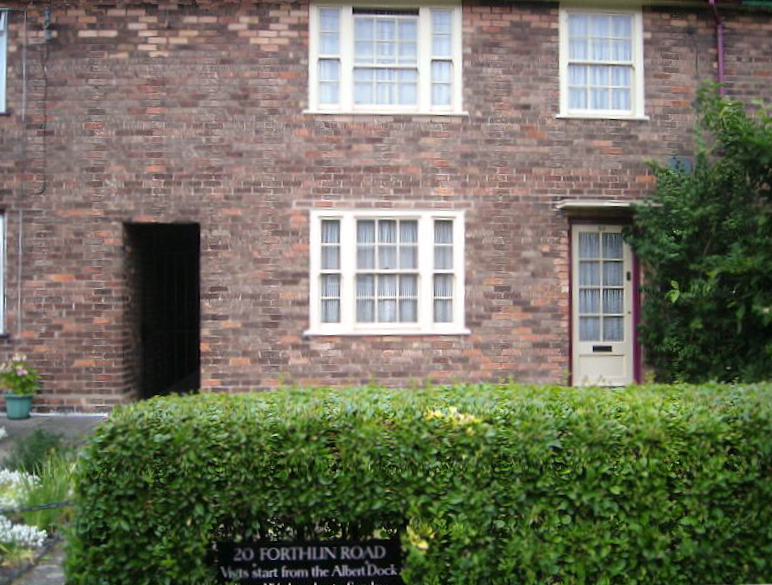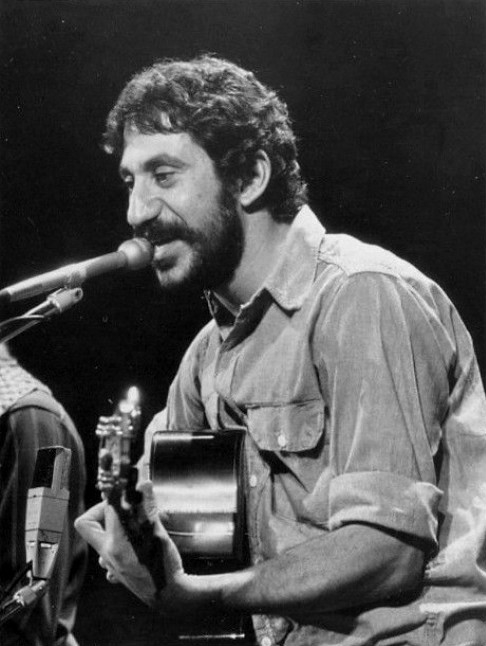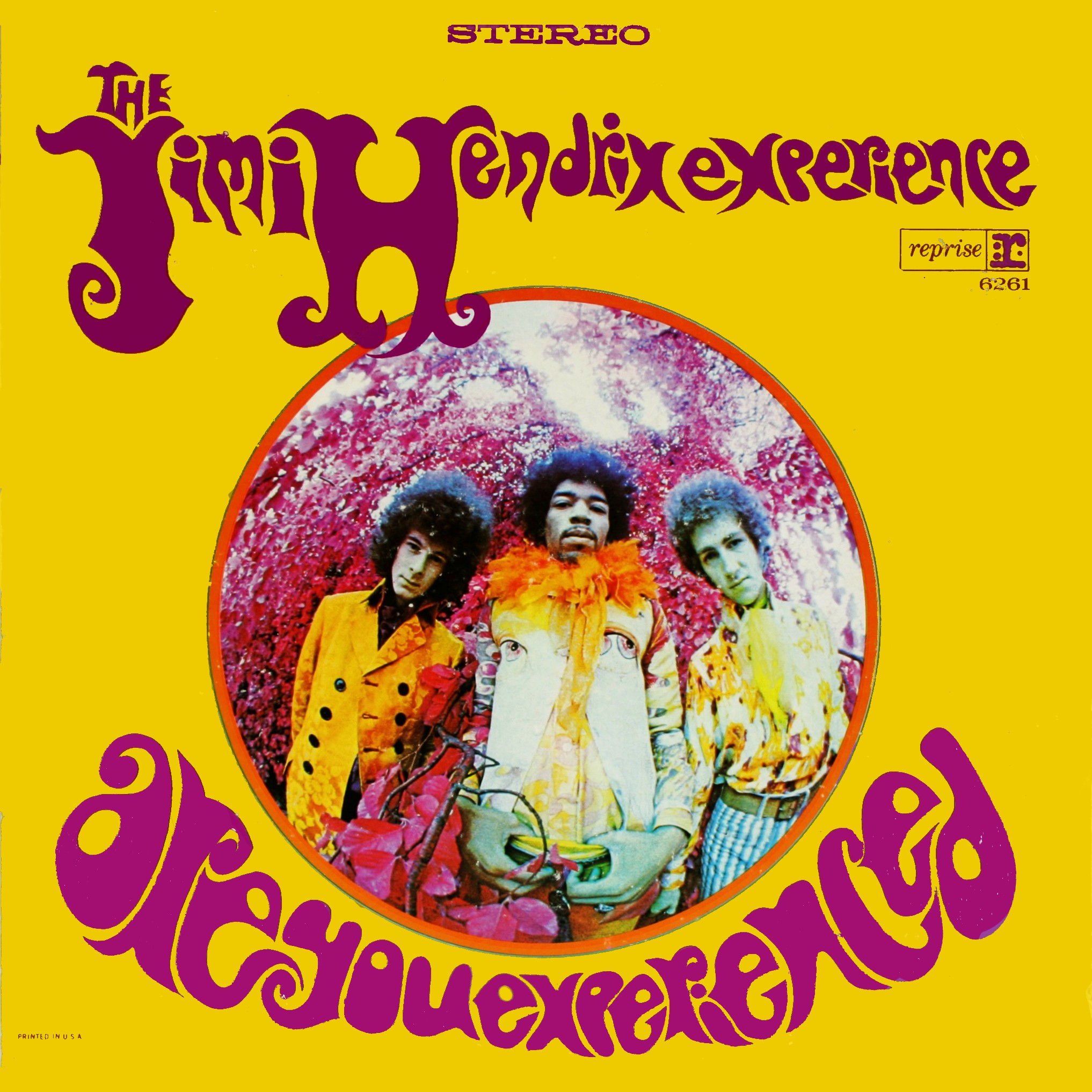|
In My Life (Cilla Black Album)
''In My Life'' is the title of Cilla Black's eighth solo studio album released in 1974 by EMI. The album was her first to be produced by Australian producer David Mackay who had notched up chart hits for Cliff Richard and The New Seekers. Mackay's remit for the project was to develop a new sound for Black which would keep her music in tune with the current pop market. He wanted to move away from her trademark power-ballad orchestrations and produce a soft rock record in the vein of "Step Inside Love" which he considered to be her finest work. The lead single "Baby We Can't Go Wrong" reached #36 on the UK Singles Chart. It was also used as the opening theme tune to season 7 of Black's BBC TV variety show ''Cilla''. Re-Release On 7 September 2009, EMI Records released a special edition of the album exclusively to digital download. This re-issue featured all of the album's original recordings re-mastered by Abbey Road Studios from original 1/4" stereo master tapes. A digital boo ... [...More Info...] [...Related Items...] OR: [Wikipedia] [Google] [Baidu] |
Album
An album is a collection of audio recordings issued on compact disc (CD), Phonograph record, vinyl, audio tape, or another medium such as Digital distribution#Music, digital distribution. Albums of recorded sound were developed in the early 20th century as individual Phonograph record#78 rpm disc developments, 78 rpm records collected in a bound book resembling a photograph album; this format evolved after 1948 into single vinyl LP record, long-playing (LP) records played at revolutions per minute, rpm. The album was the dominant form of recorded music expression and consumption from the mid-1960s to the early 21st century, a period known as the album era. Vinyl LPs are still issued, though album sales in the 21st-century have mostly focused on CD and MP3 formats. The 8-track tape was the first tape format widely used alongside vinyl from 1965 until being phased out by 1983 and was gradually supplanted by the cassette tape during the 1970s and early 1980s; the populari ... [...More Info...] [...Related Items...] OR: [Wikipedia] [Google] [Baidu] |
Theme Tune
Theme music is a musical composition that is often written specifically for radio programming, television shows, video games, or films and is usually played during the title sequence, opening credits, closing credits, and in some instances at some point during the program. The purpose of a theme song is often similar to that of a leitmotif. The phrase theme song or signature tune may also be used to refer to a signature song that has become especially associated with a particular performer or dignitary, often used as they make an entrance. Purpose From the 1950s onwards, theme music, and especially theme songs also became a valuable source of additional revenue for Hollywood film studios, many of which launched their own recording arms. This period saw the beginning of more methodical cross-promotion of music and movies. One of the first big successes, which proved very influential, was the theme song for '' High Noon'' (1952). Celebrities In the early years of radio and tel ... [...More Info...] [...Related Items...] OR: [Wikipedia] [Google] [Baidu] |
Paul McCartney
Sir James Paul McCartney (born 18 June 1942) is an English singer, songwriter and musician who gained worldwide fame with the Beatles, for whom he played bass guitar and shared primary songwriting and lead vocal duties with John Lennon. One of the most successful composers and performers of all time, McCartney is known for his melodic approach to bass-playing, versatile and wide tenor vocal range, and musical eclecticism, exploring styles ranging from pre–rock and roll pop to classical and electronica. His songwriting partnership with Lennon remains the most successful in history. Born in Liverpool, McCartney taught himself piano, guitar and songwriting as a teenager, having been influenced by his father, a jazz player, and rock and roll performers such as Little Richard and Buddy Holly. He began his career when he joined Lennon's skiffle group, the Quarrymen, in 1957, which evolved into the Beatles in 1960. Sometimes called "the cute Beatle", McCartney later invo ... [...More Info...] [...Related Items...] OR: [Wikipedia] [Google] [Baidu] |
John Lennon
John Winston Ono Lennon (born John Winston Lennon; 9 October 19408 December 1980) was an English singer, songwriter, musician and peace activist who achieved worldwide fame as founder, co-songwriter, co-lead vocalist and rhythm guitarist of the Beatles. Lennon's work was characterised by the rebellious nature and acerbic wit of his music, writing and drawings, on film, and in interviews. His songwriting partnership with Paul McCartney remains the most successful in history. Born in Liverpool, Lennon became involved in the Skiffle#Revival in the United Kingdom, skiffle craze as a teenager. In 1956, he formed The Quarrymen, which evolved into the Beatles in 1960. Sometimes called "the smart Beatle", he was initially the group's de facto leader, a role gradually ceded to McCartney. Lennon soon expanded his work into other media by participating in numerous films, including ''How I Won the War'', and authoring ''In His Own Write'' and ''A Spaniard in the Works'', both collection ... [...More Info...] [...Related Items...] OR: [Wikipedia] [Google] [Baidu] |
In My Life
"In My Life" is a song by the English rock band the Beatles. It appeared on their 1965 album '' Rubber Soul''. Its lyrics were written primarily by John Lennon, credited to Lennon–McCartney. George Martin contributed the piano solo bridge. According to Lennon, "In My Life" was his "first real major piece of work" because it was the first time he wrote about his own life. In 2000, ''Mojo'' named "In My Life" the best song of all time. ''Rolling Stone'' ranked it number 23 on its 2004 list of "The 500 Greatest Songs of All Time", and number 98 on the 2021 revised list, as well as fifth on its list of the Beatles' "100 Greatest Songs". Lyrics In a 1980 interview, Lennon referred to this song as his "first real major piece of work" because it was the first time he had written about his own life. According to Lennon, the song's origins can be traced to English journalist Kenneth Allsop's remark that Lennon should write songs about his childhood. Afterwards, Lennon wrote a ... [...More Info...] [...Related Items...] OR: [Wikipedia] [Google] [Baidu] |
Daydreamer (1973 Song)
"Daydreamer" is a song by the American singer David Cassidy. Written by Terry Dempsey and produced by Rick Jarrard, "Daydreamer" was Cassidy's second and final No.1 single in the UK Singles Chart, spending three weeks at the top of the chart in October and November 1973. The song was a double-A side with a cover version of Harry Nilsson's "The Puppy Song" on the B-side. The single was the 10th best selling single in the UK in 1973. The song also appears on David Cassidy's 1973 UK No.1 album '' Dreams Are Nuthin' More Than Wishes''. Cilla Black recorded a version of this song in 1974. The French singer Claude François also recorded a version of this song called "Le mal aimé" which was a hit in France and Belgium. Singers of musical Belles belles belles covered the Claude François' song. The song's only chart appearances in the US were by C.C. & Company and Gino Cunico in 1976. C.C. & Company’s soul-flavored version (produced by Mike Theodore and Dennis Coffey) entered the H ... [...More Info...] [...Related Items...] OR: [Wikipedia] [Google] [Baidu] |
David Gates
David Ashworth Gates (December 11, 1940 – January 5, 2023) was a American singer-songwriter, guitarist, musician and producer, frontman and co-lead singer (with Jimmy Griffin) of the group Bread, which reached the top of the musical charts in Europe and North America on several occasions in the 1970s. The band was inducted into the Vocal Group Hall of Fame. Life and early career Originally from Tulsa, Oklahoma, Gates was surrounded by music from infancy, as the son of Clarence Gates, a band director, and Wanda Rollins, a piano teacher. He became proficient in piano, violin, bass and guitar by the time he enrolled in Tulsa's Will Rogers High School. Gates formed his first band, The Accents, with other high school musicians which included a piano player, Claude Russell Bridges, who later in life changed his name to Leon Russell. During a concert in 1957, the Accents backed Chuck Berry. In 1957, David Gates and the Accents released the 45 "Jo-Baby" / "Lovin' at Night" on Robbins ... [...More Info...] [...Related Items...] OR: [Wikipedia] [Google] [Baidu] |
Everything I Own
"Everything I Own" is a song written by American singer-songwriter David Gates. It was originally recorded by Gates's soft rock band Bread for their 1972 album ''Baby I'm-a Want You.'' The original reached No. 5 on the American ''Billboard'' Hot 100. ''Billboard'' ranked it as the No. 52 song for 1972. "Everything I Own" also reached No. 5 in Canada and No. 1 in the Philippines. Jamaican artist Ken Boothe's reggae version of the song was No. 1 in the UK Singles chart in 1974. A version by Boy George reached No. 1 in the charts in the UK, Canada, Ireland and Norway in 1987, Boy George's first hit and only UK No. 1 as a solo artist. Composition Although initial listeners may have interpreted it as a song about a broken relationship, David Gates revealed that it was written in memory of his father who died in 1963 before he achieved his success with Bread. According to the book ''1000 UK No. 1 Hits'' by Jon Kutner and Spencer Leigh, at his father's funeral, a friend took David Ga ... [...More Info...] [...Related Items...] OR: [Wikipedia] [Google] [Baidu] |
Jim Croce
James Joseph Croce (; January 10, 1943 – September 20, 1973) was an American folk and rock singer-songwriter. Between 1966 and 1973, he released five studio albums and numerous singles. During this period, Croce took a series of odd jobs to pay bills while he continued to write, record, and perform concerts. After he formed a partnership with songwriter and guitarist Maury Muehleisen, his fortunes turned in the early 1970s. His breakthrough came in 1972; his third album, ''You Don't Mess Around with Jim'', produced three charting singles, including "Time in a Bottle", which reached No. 1 after his death. The follow-up album, '' Life and Times'', included the song " Bad, Bad Leroy Brown", which was the only No. 1 hit he had during his lifetime. On September 20, 1973, at the height of his popularity and the day before the lead single to his fifth album ''I Got a Name'' was released, Croce and five others died in a plane crash. His music continued to chart throughout the 1970s fol ... [...More Info...] [...Related Items...] OR: [Wikipedia] [Google] [Baidu] |
ITunes
iTunes () is a software program that acts as a media player, media library, mobile device management utility, and the client app for the iTunes Store. Developed by Apple Inc., it is used to purchase, play, download, and organize digital multimedia, on personal computers running the macOS and Windows operating systems, and can be used to rip songs from CDs, as well as play content with the use of dynamic, smart playlists. Options for sound optimizations exist, as well as ways to wirelessly share the iTunes library. Originally announced by Apple CEO Steve Jobs on January 9, 2001, iTunes' original and main focus was music, with a library offering organization and storage of Mac users' music collections. With the 2003 addition of the iTunes Store for purchasing and downloading digital music, and a version of the program for Windows, it became a ubiquitous tool for managing music and configuring other features on Apple's line of iPod media players, which extended to the iPh ... [...More Info...] [...Related Items...] OR: [Wikipedia] [Google] [Baidu] |
Album Artwork
An album cover (also referred to as album art) is the front packaging art of a commercially released studio album or other audio recordings. The term can refer to either the printed paperboard covers typically used to package sets of and 78-rpm records, single and sets of LPs, sets of 45 rpm records (either in several connected sleeves or a box), or the front-facing panel of a cassette J-card or CD package, and, increasingly, the primary image accompanying a digital download of the album, or of its individual tracks. In the case of all types of tangible records, it also serves as part of the protective sleeve. Early history Around 1910, 78-rpm records replaced the phonograph cylinder as the medium for recorded sound. The 78-rpm records were issued in both 10- and 12-inch diameter sizes and were usually sold separately, in brown paper or cardboard sleeves that were sometimes plain and sometimes printed to show the producer or the retailer's name. These were invariably m ... [...More Info...] [...Related Items...] OR: [Wikipedia] [Google] [Baidu] |
Digital Booklet
Digital booklet is the digital equivalent of booklet attached to physical release that often accompany digital music purchases. They are most commonly distributed in PDF. One well-known distributor of digital booklets with digital purchases is the iTunes Store; the first instance of this on the iTunes Store was the release of the album ''How to Dismantle an Atomic Bomb ''How to Dismantle an Atomic Bomb'' is the eleventh studio album by Irish rock band U2. It was released on 22 November 2004 in the United Kingdom by Island Records and a day later in the United States by Interscope Records. Much like their previ ...'' by rock band U2. References {{music-stub ITunes Recorded music ... [...More Info...] [...Related Items...] OR: [Wikipedia] [Google] [Baidu] |




